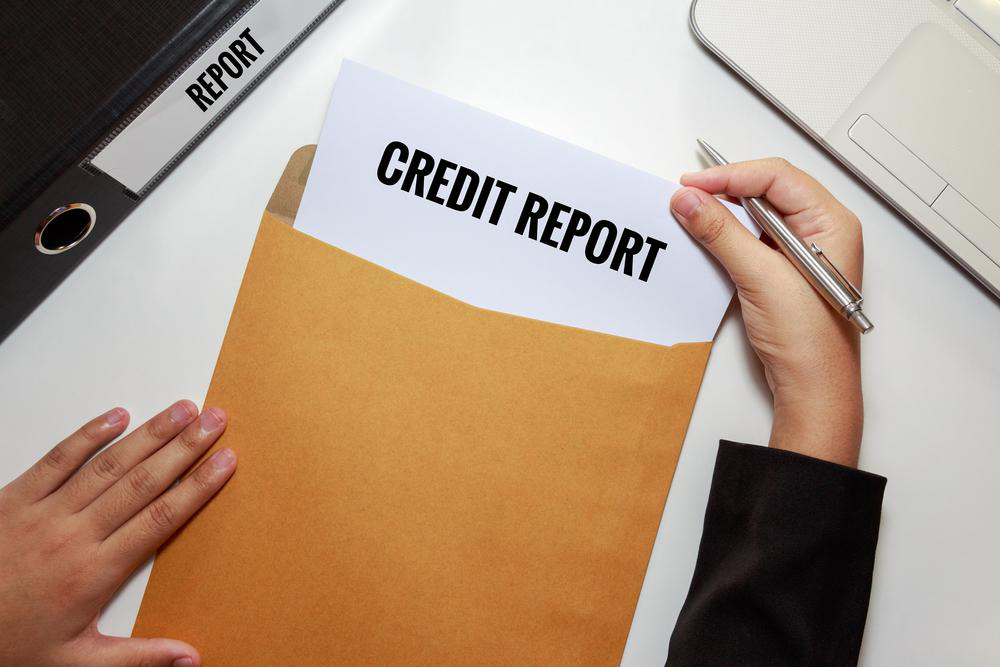Comprehensive Guide to Protecting Your Credit by Using Freezing Techniques
Learn how to effectively protect your credit by using a credit freeze. This detailed guide covers the steps involved, benefits, costs, and management strategies to safeguard your personal data from hackers and identity thieves, ensuring your financial security in today's digital age. Discover how a credit freeze can be a vital tool in your cybersecurity arsenal, offering peace of mind and control over your credit information.

Comprehensive Guide to Protecting Your Credit by Using Freezing Techniques
In today's digital age, cybersecurity threats pose significant risks to individuals' financial security. Recent studies have shown that approximately 143 million Americans have fallen victim to cybercriminal activities where their sensitive personal and financial data — including full names, birth dates, addresses, credit card information, email addresses, and Social Security numbers — have been stolen. This staggering figure illustrates that nearly half of the U.S. population is vulnerable to identity theft and credit fraud, emphasizing the critical need for effective protective measures.
Effective Strategies to Safeguard Your Credit
Among various protective strategies, placing a credit freeze emerges as one of the most robust defenses against unauthorized access and identity theft. While requiring some effort, credit freezing acts as a powerful barrier that prevents malicious actors from accessing your credit report, thereby reducing the risk of fraudulent accounts and financial scams. This guide will walk you through the essential steps to freeze your credit securely, understand its benefits, and maintain control over your financial data.
The core purpose of a credit freeze—sometimes called a security freeze—is to block third parties, including hackers, lenders, and other external entities, from accessing your credit reports. This means that even if someone attempts to open new accounts or make transactions in your name, they will be prevented from doing so without your explicit authorization. Only you, as the account holder, have the authority to lift or temporarily remove the freeze when necessary — for example, when applying for a loan or new credit. Importantly, initiating a freeze does not impact your existing credit scores, making it an effective yet non-intrusive safeguard against identity theft and fraud.
Many consumers appreciate the flexibility of credit freezing, as they can select which creditors have access to their data while maintaining limited exposure to risks. The process typically involves submitting a request through credit bureaus via mail, phone, or online portals. Online methods are often the fastest and most convenient, although in-person visits can offer added security, especially for individuals concerned about scams or identity theft. The fees associated with freezing vary, generally ranging from $5 to $20 per bureau, depending on your state, age, military status, disability status, or specific reasons for freezing. Some jurisdictions are now offering free credit freezes as part of consumer protection initiatives, reducing the financial barrier for consumers concerned about security.
To begin the process, you should contact the three major credit bureaus — Equifax, Experian, and TransUnion — via their official channels. You will need to provide proof of identity, such as a government-issued ID, utility bills, or police reports if you've been a victim of identity theft. After submitting your freeze request, the processing time is usually within three business days. Once the freeze is in place, you can easily lift or temporarily thaw it when applying for new credit or necessary financial transactions. It is advisable to keep track of your freeze status and plan ahead if you anticipate upcoming needs for credit applications.
Managing your credit freeze strategically offers peace of mind, especially in an era where digital security threats are increasingly sophisticated. Regularly reviewing your credit reports, even when frozen, helps detect any suspicious activity early. By taking these proactive measures, consumers can significantly reduce their vulnerability to financial fraud, safeguard their credit reputation, and ensure their personal data remains secure against evolving cyber threats. Remember, prevention is always better than dealing with the consequences of identity theft, and a credit freeze is a simple yet effective step toward comprehensive financial security.





